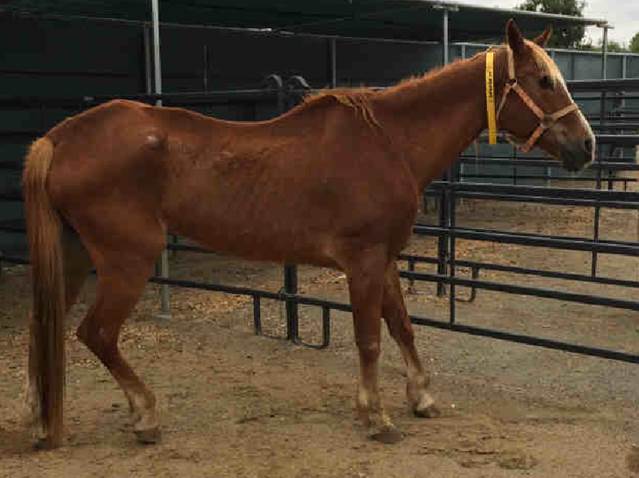They just might be a mosquito’s worst nightmare.
Which means they could also be a dream come true for lots of San Diego County residents.
Gambusia affinis. They’re more commonly known as mosquitofish. They’re tiny. They’re ravenous.
And they can gobble up mosquito larvae as fast as mosquitoes can lay their eggs in water. In the process, they can help keep mosquito populations down and reduce the chance they can transmit diseases like West Nile virus.
San Diego County’s Department of Environmental Health has raised and given out thousands of the hungry little guys to the public for free at dozens of locations around the county over the years.
“We always get a huge number of calls for them, starting in spring,” said Steve Rivera, the County vector control supervisor who oversees the mosquitofish program. “They’ve proven to be very popular over the years.”
Set loose in ornamental ponds, fountains, bird baths, neglected swimming pools and even horse troughs, mosquitofish go to work to keep mosquito eggs from becoming full-grown, blood-sucking, disease-spreading adults. Because mosquitofish don’t just eat mosquito larvae and are not native to California, the County instructs people to use them only in manmade water sources and not to put them into natural habitats like lakes, streams or creeks where they can disrupt ecosystems.
Historic Remedy
Using mosquitofish to try to control mosquito populations and disease has a long history. Agencies around the world and U.S. started using them roughly 100 years ago to fight mosquitoes and disease — most notably, malaria.
Mosquito populations can erupt when females lay their eggs in stagnant water. A single female mosquito can lay up 200 to 300 eggs at a time. Most of those never reach maturity for all kinds of reasons. Still, mosquito eggs can morph into larvae, then pupae, and finally fly off as full-grown adult mosquitos in just seven to 10 days.
Mosquitofish, meanwhile, can also reproduce quickly. Gestation period is three to four weeks and a female will bear between 20 to 40 live babies. A female can produce more than 1,300 baby fish in a single season. Mosquitofish are typically smaller than other freshwater fish — females grow up to 2 ½ inches; males don’t get much bigger than 1 ½ inches. They’re gray or dull brown in color and have upturned mouths that make it easy to eat by skimming the surface of the water.
Tiny Teeth to Help “Fight the Bite”
Here in San Diego County, since the arrival of West Nile virus in 2003, mosquitofish have been known for being one of the more interesting parts of the County’s West Nile virus prevention, “Fight the Bite,” campaign.
That campaign has also used helicopters and Vector Control personnel outfitted with backpack blowers to spread a granular larvicide on local waterways that is harmless to pets and people, but like mosquitofish, deadly to mosquito larvae. It’s also created websites, Internet notifications, printed materials and an ongoing public education campaign in English and Spanish, for kids and adults, teaching people how to protect themselves.
The County’s Vector Control Program keeps its mosquitofish in a couple of places — growing and stocking them in backcountry pond near Lake Hodges and in several black, 500-gallon barrels in the Department of Environmental Health’s areas at the San Diego County Operations Center.
At the Center they’re fed, and the babies are separated out after birth (to keep mom and dad from eating them; we told you they don’t just eat mosquitoes!). They even have their barrels scrubbed by brush-wielding workers to keep them algae-free.
Home to You
Eventually, the fish are loaded into 45-gallon trash cans or smaller buckets, put onto flat-bed trucks and taken to the different places they’re made available to the public, such as: Walter Andersen Nursery in Point Loma, Aquatica in San Marcos, Joe’s Country Feed and Pet store in Valley Center, and the Reef and Reptile Company in Chula Vista.
Rivera said people generally need only two or three fish to get themselves started, and that they come with relatively easy instructions.
For example, when people first bring mosquitofish home, they should allow the fish to get used to their new surroundings by placing the plastic bag containing them into the new water source, whether that’s a pond, pool, bird batch, etc. Wait about 15 minutes to allow the water in the bag to become the same temperature as the pond or pool water — then release the fish from the bag.
Mosquitofish will live alongside other types of fish in ponds. But you should give them some rocks or vegetation to hide among if the other fish are bigger.
From there, you can rest easy. Only the mosquitoes will have nightmares!





